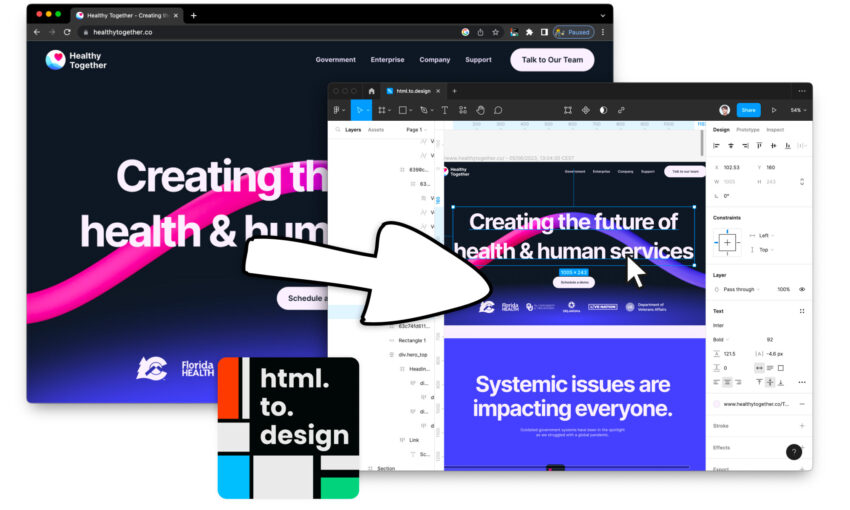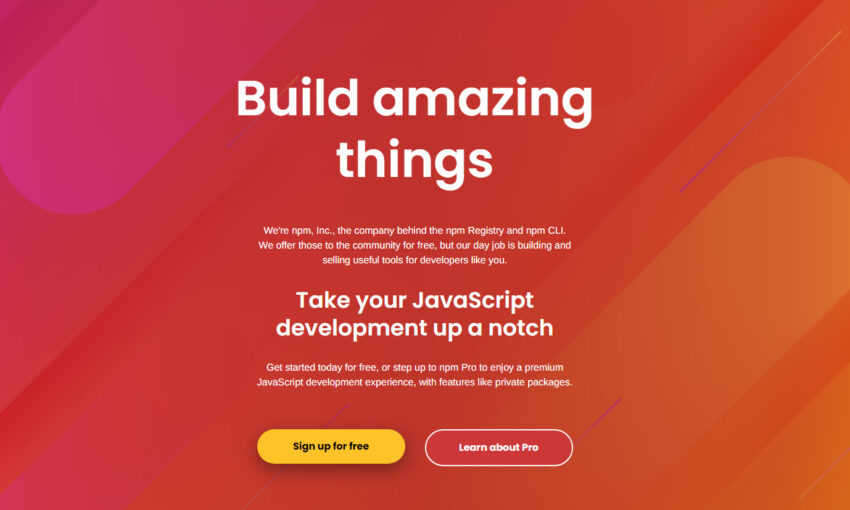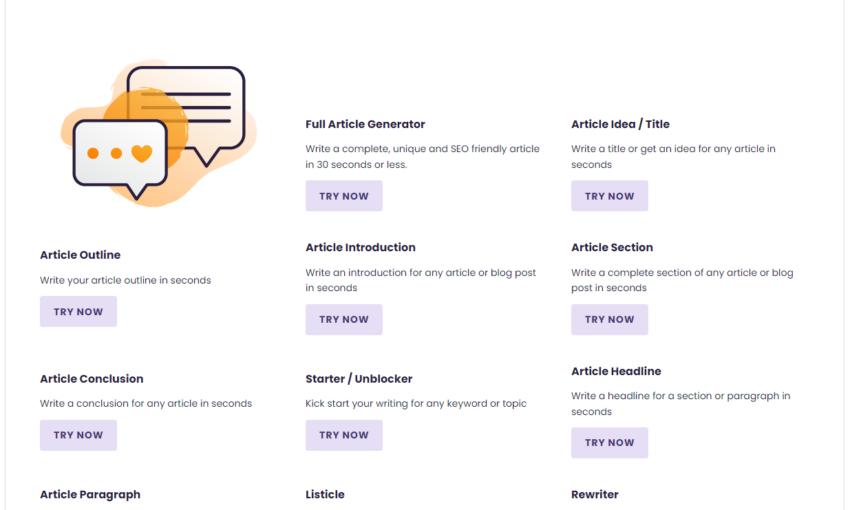When we think of content management systems (CMS), we often think about popular offerings such as WordPress and Drupal. Both rely on a traditional MySQL database, where a website’s content and settings are stored. However, not all systems work this way.
A flat file CMS, for example, eschews the need for a database server. They store site data in a simple text file. This cuts down on latency and can vastly improve site performance. It also opens the door for more customized data structures, easier portability and the ability to scale.
Today, we’ll introduce you to some of the more popular and intriguing flat file systems. They vary in feature sets and range anywhere from free to a few hundred dollars. Read on to find an option that fits your needs.
Statamic
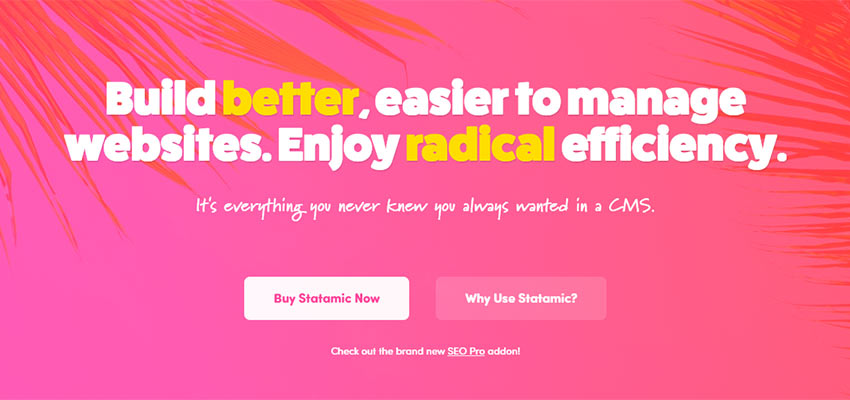
One of the most well-known flat file systems, Statamic is based on the popular Laravel PHP framework. It offers a full suite of features, from built in forms, powerful media management and version control via git.
Manage your site through a well-thought-out dashboard (you can even access updates and maintenance features via the command line). There is also a library of third-party themes and addons that allow you to extend site functionality.
We should note that Statamic is commercial software, with a single site license running $199 USD. This entitles you to unlimited support and updates, however. And the software will run on virtually any server that can handle PHP. If you want to try it out first on a local environment, a free trial is available.
Kirby
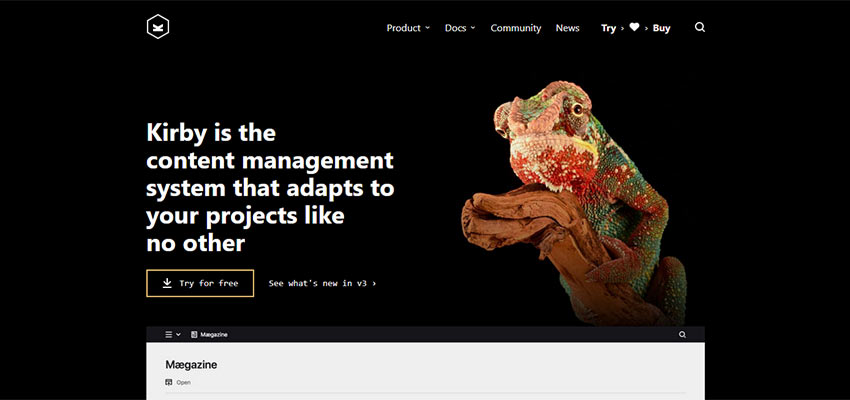
Kirby is all about customization. For example, while an installation includes a templating engine based on PHP and HTML, you also have the ability to replace it with just about anything you want. But it doesn’t stop with your standard design and development. The CMS also allows developers to customize the admin panel to reflect the needs of the site itself. Things like the admin layout, permissions and fields can be added via files called Blueprints.
You’ll also find some unique features, such as the ability to use Markdown (extended via KirbyText), version control and a built-in REST API. True to form, Kirby will also work with other data sources – including databases.
Note that Kirby is also commercial software, with licenses running €99 per site. But you can try it for free on your local server.
October CMS
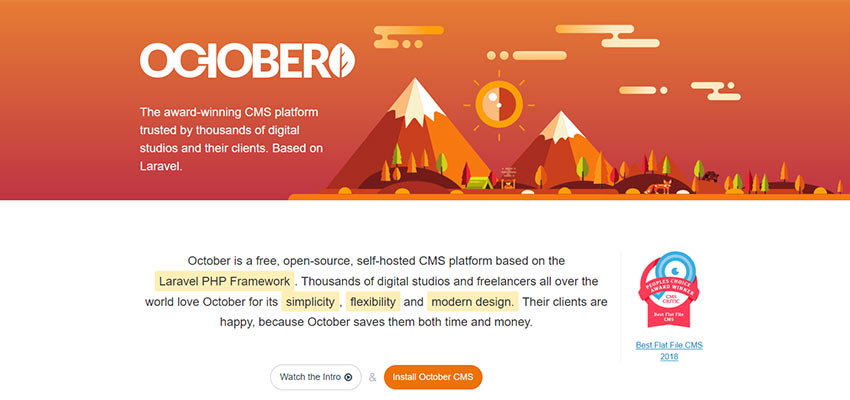
Like Statamic above, October CMS is based on Laravel. It features unobtrusive templating and utilizes the Twig template engine. This makes theming a fairly straightforward experience. Included support for Partials and Components allow for building modular sites, where code can be used and re-used. Extend things even further by installing (or creating your own) plugins.
Assets such as media files can be easily managed through the UI. Plus, you can integrate files from AWS or other cloud-based services. Files are sortable by type (images, video, documents, etc.) and can be stored in folders. This is somewhat similar to what you’d expect to find in an operating system.
October CMS is free and open source.
Grav

Grav separates itself from some other flat file systems in a few ways. First, the admin panel is optional. The CMS can be administered directly via the command line by default, but a full-featured dashboard is available via a free plugin. Second, like WordPress, it’s capable of a multisite installation – meaning you can run multiple websites from one instance of the CMS.
Like others in this roundup, you’ll also find lots of flexibility. Grav includes the ability to write content in Markdown or HTML, add custom fields, posts types or taxonomies, and works with the Twig templating engine. You can also extend functionality via plugins.
Free and open source, Grav boasts an enthusiastic community of developers.
Bolt
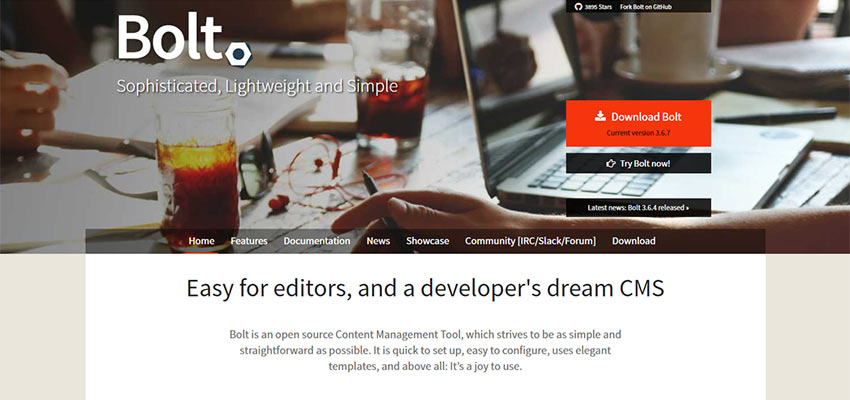
Featuring a back end built with a focus on content creation, Bolt offers a plethora of options for online publishers. A user management feature allows administrators to assign user levels to specific types of content, while a developer level allows for settings and template tweaks.
Theming is handled via Twig, and built-in form capabilities allow you to correspond with users without the use of a plugin. On the back end, Bolt is built on top of the Silex PHP framework and uses Symfony components. One unique feature is the ability to completely white-label the CMS – allowing developers to fully brand the admin area.
Bolt is open source available for free. Plus, all of its core code is available on GitHub.
Fast and Full of Features
Just hearing the term “flat file” can give the impression that you’re missing out on something. If it doesn’t use a traditional database, it can’t be very good, right?
A deeper look shows that a flat file CMS can be very competitive. The features available in the systems above are on par with their database-driven counterparts. And there are even some pretty compelling advantages to choosing flat file.
Among the biggest is that you can run a full-featured CMS quite efficiently on just about any level of web hosting. You don’t need a ton of horsepower to run a fairly large, high-performance website.
So, if you’re in the market for a new CMS, don’t be afraid to check out a flat file system. You may be surprised at how much they can do.
This post may contain affiliate links. See our disclosure about affiliate links here.

